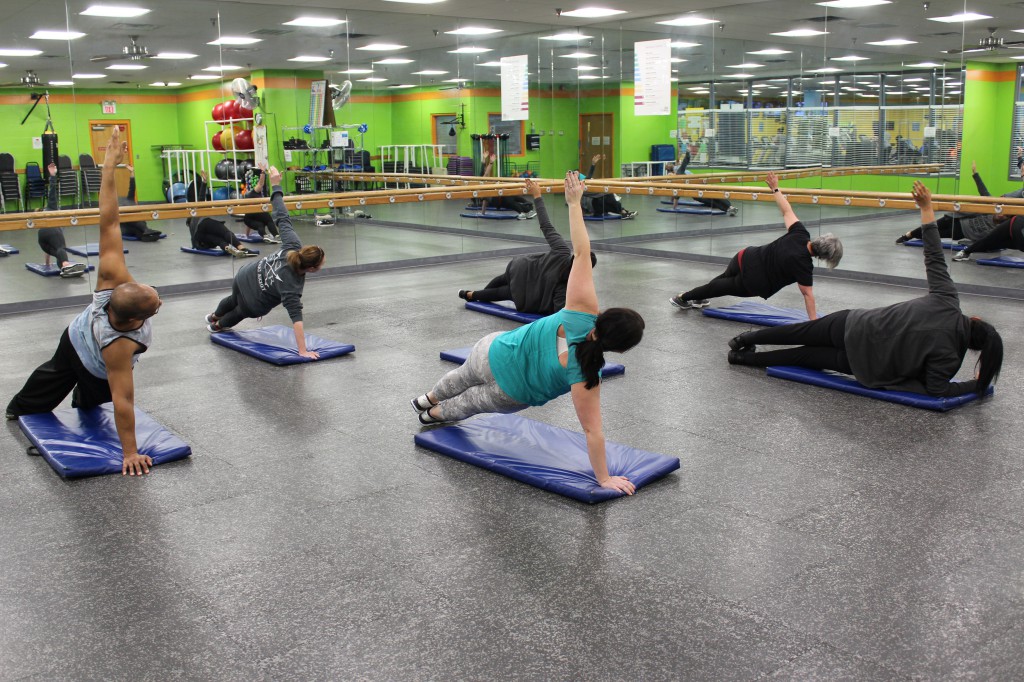With months of social distancing, closed facilities and anxiety about the coronavirus pandemic, your members’ physical and mental health have likely taken a toll. As fitness facilities, you know how to ease your members back into a gym routine, but how do you help them improve mentally as well?
According to Frank LaManna, the fitness and wellness supervisor at the Bowling Green Parks and Recreation Fitness Facility (BGPR Fitness) in Bowling Green, Kentucky, personal connection is a good place to start.
For the recreation centers that are still closed, he recommends following up with some personal contact, reaching out to see how things are going for members. Additionally, he recommends offering healthy tips or talking to members about taking a physical activity break while they are at home watching TV. This can be as simple as recommending they get up and do some form of exercise during the commercial breaks.
“Conduct a Zoom call or other video chat with members online — this way members get a chance to see and talk with their peers,” said LaManna. “It’s something to break up the monotony of feeling isolated, depressed during this time of their facility being closed, or maybe their fear of not returning to fitness yet, even though the center may be open.”
If your facility has reopened, there are a variety of wellness-oriented classes or activities you can offer to your members. Some of these activities are yoga and strength/flexibility training, as well as reading a good book, working a crossword puzzle or puzzle, and playing Bingo, while incorporating some exercise activities into it.
LaManna said it can also be beneficial to encourage your members to take a break from the various forms of social media. This can be just for a few hours or you could host a challenge to go 24 hours without any social media viewing. Encourage your members to engage in real social encounters.
“Offer a lunch and learn wellness series — have various speakers come in and talk about mental fitness, health and well-being,” suggested LaManna. “Promote and encourage social interaction, as well as movement in general.”
While engaging in wellness activities and participating in a social media detox are both beneficial, movement is a key factor in improving mental wellness as well.
“Even eight short minutes of exercise have been proven to produce results, and no fancy equipment is required,” said LaManna. “It increases resistance to disease, lowers sadness, tension and anger, and decreases depression and anxiety. Physical activity is the best non-pharmacological antidepressant. It provides a valuable sense of control over physical health, increases socialization and releases the body’s natural opiates, endorphins, which are a natural stress buster.”
Regardless of how you incorporate wellness programming into your facility, it is important to engage and connect with your members. A simple, “How are you doing today?” can go a long way.
If your facility is offering special wellness programming due to the coronavirus pandemic, let us know at info@communityrecmag.com.
Taylor Brown is the assistant editor of Community Rec Magazine. She can be reached at taylor@peakemedia.com.












